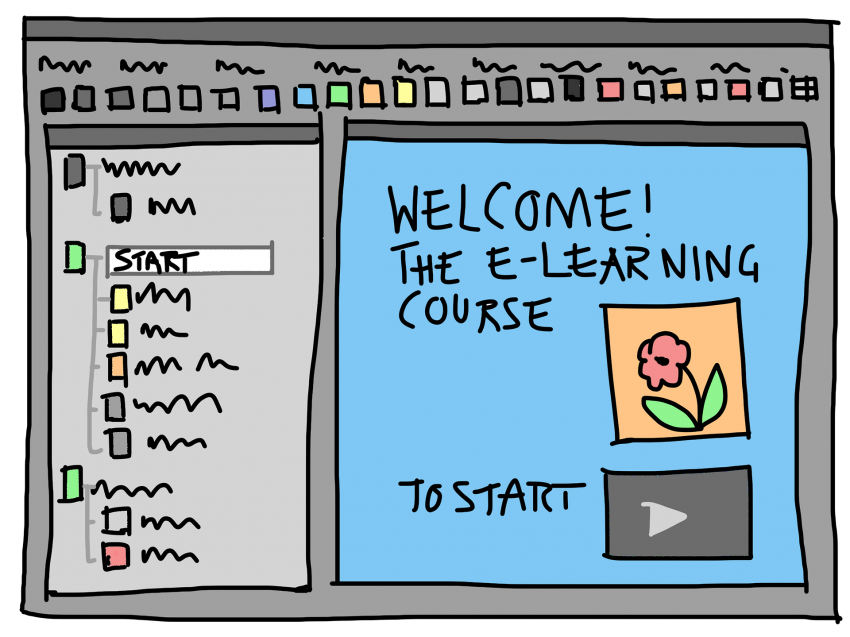
How to Structure your E-Learning Course
If you’ve been keeping up with the latest happenings in the field of education, you know that e-learning is the latest buzzword on the scene. Innumerable e-learning courses, on every topic imaginable, are popping up by the minute. The key aspect that makes an e-learning course stand out from the rest is quality content. However, quality content could get lost in its delivery, if it is not laid out in a well-defined structure.
A structure organizes your content efficiently and ensures the delivery of course objectives in the best possible manner. The structure is what makes your content understandable and makes it easy to follow for your learners.
So, how do you effectively structure your content? Let’s find out.
- Set course objectives
Course objectives are the expected outcomes of a course or the skills learned by the user at the end of a course. Objectives can be set by considering important aspects such as target audience, achievability of goals, and sufficiency of time to put across the idea.
- Select content relevant to the course
Decide on the right material for your course, all the while aligning the objectives. Create a list of topics relevant to your course that includes principles, concepts, processes, and facts. Include interactive elements to your content by incorporating real-life scenarios and challenges that have them putting on their thinking caps.
- Break down the content into sections and modules
Once the content is finalized, chunk it down into bite-sized portions that are easy to comprehend and retain. Segregate the content into topics critical to the achievement of course objectives, topics that serve as background information to the main topics, and finally, snippets of interesting information that add value to the content.
- Storyboard your content
Create a rough, visual outline for your content and map out the texts, illustrations, examples, and quizzes into an eye-catching format. Story boarding decides how each element fits in with the rest, as well as depicts how the content will flow in the big picture.
- Choose the right technology and platform
Settling on a Learning Management System (LMS) suitable for your content can be overwhelming with the endless options out there. Select an LMS based on aspects such as the strength of the audience, compatibility with multiple devices, ease of use, tracking and assessment features, and easy maintenance.
- Roadmap and Assessment
Ensure that you include a roadmap in your content, giving the users a gist of topics that will be covered in the course. Incorporate means of assessment at intervals, so that the users can evaluate where they stand in the learning curve.
So, there you have it. Structuring your e-learning course with the above pointers in mind should be a breeze. Learn ways to create and organize your content around a structure, here.

